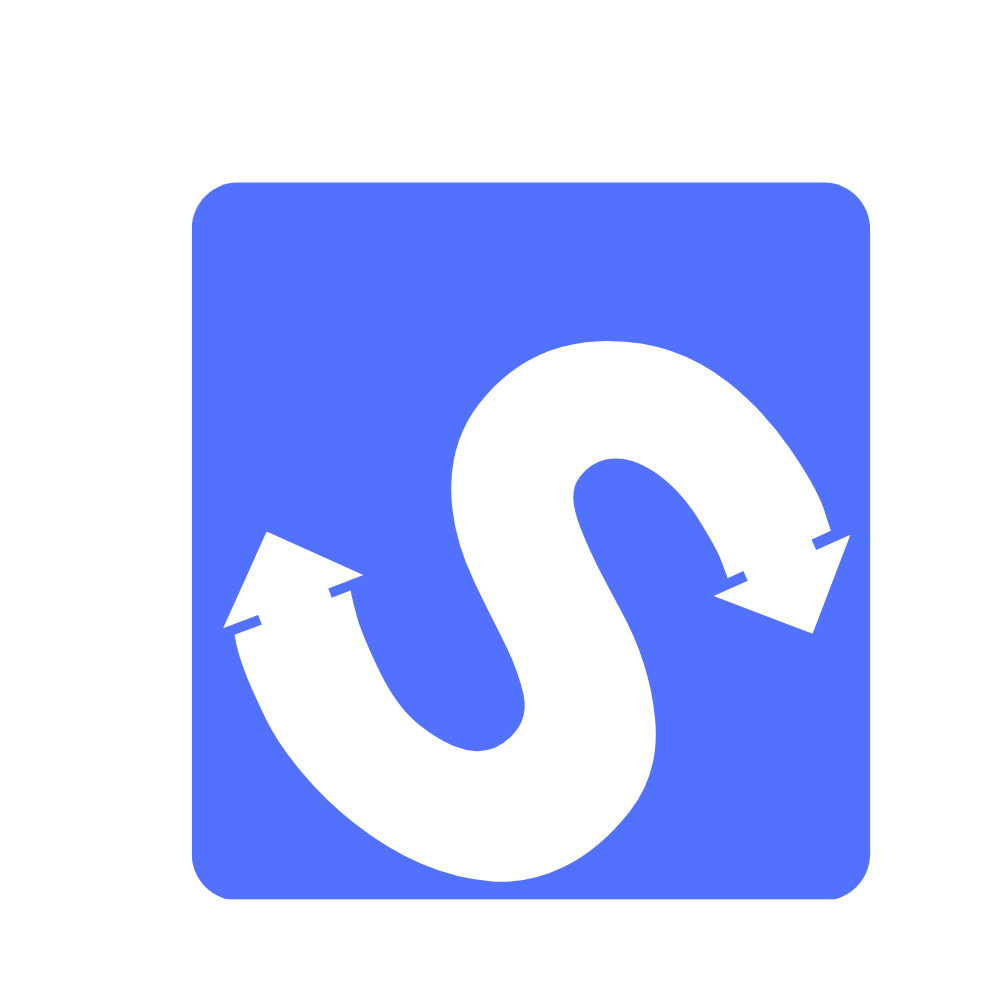The Web Quests In The Area Of Continuing Education. Introduction and Information about the Web Quests and the application of various techniques of Web Quests in Educational activities.
The web quest is not a new approach to teaching students. It appeared in 1995 when the Internet and the Web were still something new and unexplored to students. Bernie Dodge, a developer of this studying method, turned it into one of the effective tools for working with students. This method is still popular, and growth of the Internet and the Web only added points to its popularity. Today, web quests are used as the teaching methods in various fields, and its integration into students’ activities masters the process of acquiring new knowledge.
 The main idea of this method is not to get information, but to be able to transform it and find applicable usage to it. Most of the teaching methods used in schools and colleges presuppose that a student is passive during education. Of course, he is allowed to ask questions to clarify the theoretical points, still, he has no practical implementation of information during the lecture. Web quests change this approach. With this method, the students are no longer passive, they are active participants in the process of acquiring knowledge, as well as they so infatuated that some students even managed to get rid of bad habits during the passage of the quest.
The main idea of this method is not to get information, but to be able to transform it and find applicable usage to it. Most of the teaching methods used in schools and colleges presuppose that a student is passive during education. Of course, he is allowed to ask questions to clarify the theoretical points, still, he has no practical implementation of information during the lecture. Web quests change this approach. With this method, the students are no longer passive, they are active participants in the process of acquiring knowledge, as well as they so infatuated that some students even managed to get rid of bad habits during the passage of the quest.
How do web quests work?
To understand how web quests work, first, it is necessary to understand what a web quest is. The Web quest is a form of educative activity which is aimed to develop students’ critical thinking skills and involve them in ongoing practice during the whole process. Here, a student is both an executor and a manager. He finds a way to get information and the way to use it.
It is important to notice, that in web quests all information a student gains is available online only. He can use any site to find what he needs.
Each quest is unique, especially in the result. The matter is that each student finds his own approach to task solution. Therefore, you cannot expect the same results to come for two students or group of students.
Regularly, all web quests have a common structure. We can define 7 basic steps involved in each web quest.
1) Introduction, where a student gets to know what he is going to deal with.
2) Tasks and challenges a student should complete while a quest.
3) List of things a student needs to manage all tasks.
4) Detailed explanation what a student should do in order to complete a certain task.
5) Reward a student is going to achieve when completes all tasks.
6) Conclusion.
7) Extra-activities if web quest presupposes them.
What is the purpose of web quests?
The objective of this model of education is quite simple: to teach students to use different resources to be able to work with information without a teacher. When a student receives a task to complete, it is a challenge for him. Challenge makes this process a little bit game-like, and it makes web quests more attractive to students.
The investigation part, a process of browsing the web to find some related information, is again an important ability. Students learn how to define trustful information over the Internet, how to quickly find out what they really need, and how to work with big massive of data. In this game model, they learn how to behave like adults.
A student cannot complete tasks of the web quest until he is over with his investigation part. However, to complete the task he also needs to use the information he found online. If he did not find proper information, he needs to go back to the investigation part. The main motivation here is to find required information within the first circle of an investigation. In this way, a web quest can be completed sooner.
Individual experience is perhaps the best teacher. It includes different activities which are equally important for education: reading, listening, writing, analyzing. If a web quest presupposes participation of several students, it enhances their communication skills and ability to work in a team.
It goes without saying that the whole education process should not consist of web quests only. Besides, using this model, a teacher needs to double check whether a student has caught the idea of this quest. And of course, he needs to check the results of such activity.

Responses